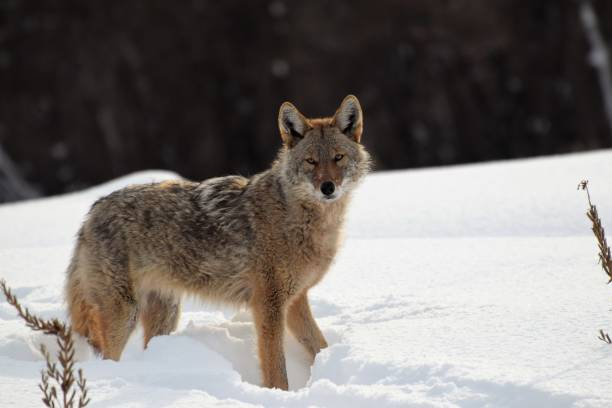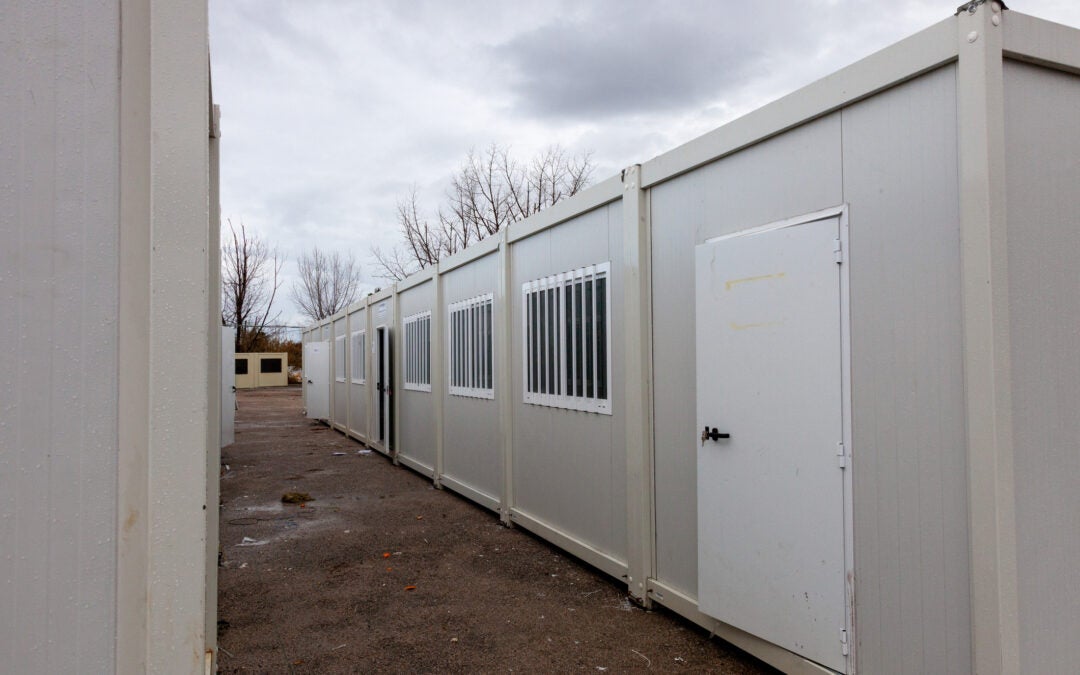You may have heard of ligers and grolar bears, now get ready for coywolves.
That’s right, a new canine hybrid is slowly taking over Eastern North America, and the numbers continue to grow as the coyote/wolf breed combines the best traits of both species, making the coywolf highly adaptable to nearly any surrounding.
According to the U.N. Convention on Biological Diversity, about 150 plant and animal species go extinct per day. While those findings, released in 2007, have been disputed in the scientific community, scientists agree the extinction rate of today is far higher than the natural baseline.
Mother nature’s answer to extinction is to develop new species.
Researchers believe that around a century ago, farming, logging, hunting and general human expansion finally brought the eastern wolves to the very edge of extinction.
Wolves are social pack animals, but prefer to remain in the forested areas and totally shy away from humans. Coyotes, on the other hand, are loners that scavenge rather than hunt; while they avoid human contact, coyotes have no problem hanging out in urban and suburban areas.
According to the Smithsonian, the first western coyote and eastern wolf blend, or coywolf, was discovered in 1919 in Ontario, Canada. It is likely though, the species came about long before it was discovered.
Over time, the two cousin species began to mate along with the occasional feral dog, mainly German shepherds, and the coywolf, or Canis latrans var., was created.
The coywolf is a hearty animal that weighs about 55 pounds heavier than a standard eastern coyote; they are almost double the size. The species have longer legs, a larger, more pronounced jaw, smaller ears and a bushy tail.

While the eastern coyote is mainly a scavenger, they can easily hunt white-tail deer fawns; but a fully grown coywolf can take down prey much larger.
The hybrid species can also be solitary hunters or travel in packs.
According to a report by The Economist in 2015, tests on what were thought to be coyote droppings turned out to have as much as 25% eastern wolf DNA. It was estimated at the time that coywolves numbered in the millions and were seen migrating as far south as Virginia.
Naturalist writer Rob Pavey, writing for the Twin Timber Wolf Information Network, reported that a coyote/wolf hybrid was found at the Savannah River Site; however, that animal had gray wolf DNA, which is not typical of coywolves.
Researchers were somewhat stumped, when after testing around 700 animals, only that one specimen contained wolf DNA, and it was the wrong wolf DNA.
According to Pavey, no coywolves have officially been discovered in Georgia.
With the increasing numbers and a range only limited by oceans, in the future, it is highly likely that the occasional coyote seen at the Augusta canal or roaming the edge of area golf courses, could actually be a coywolf.
Scott Hudson is the Senior Investigative Reporter and Editorial Page Editor for The Augusta Press. Reach him at scott@theaugustapress.com










